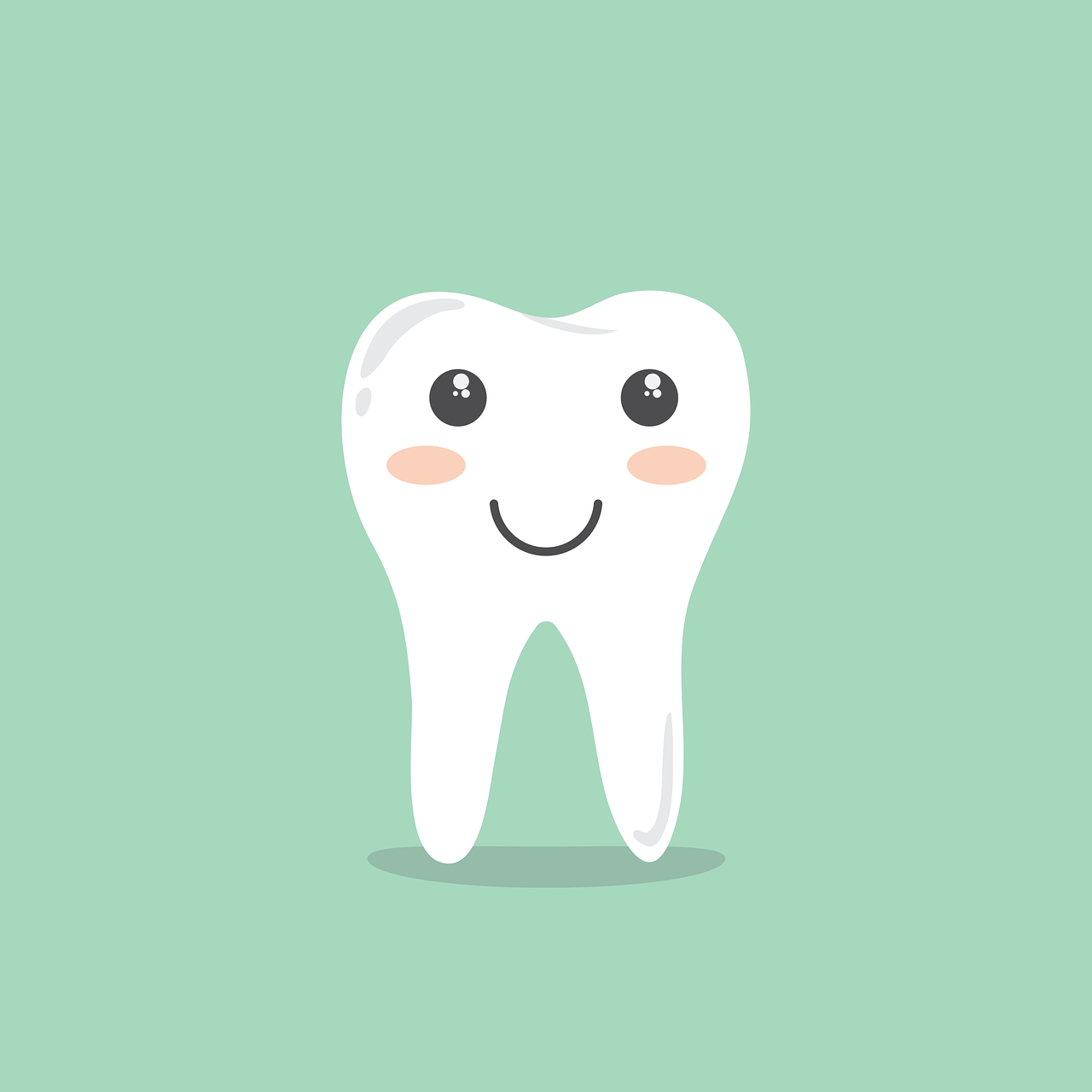Dental cleanings are an essential part of maintaining good oral health. While many people may feel nervous or unsure about what to expect, dental cleanings are typically simple, painless procedures that play a vital role in preventing tooth decay, gum disease, and other oral health issues. Understanding the steps involved in a dental cleaning can help reduce anxiety and encourage more regular visits to the dentist Des Plaines. This essay outlines the main stages of a dental cleaning and what patients can generally expect during the process.
Initial Examination
Before the cleaning begins, a dental hygienist usually starts with a brief examination of the patient’s mouth. Using a small mirror, the hygienist checks for signs of inflammation, cavities, or other potential concerns such as gum disease or oral lesions. If anything unusual is found, the hygienist may consult with the dentist before continuing. This step helps ensure that any significant issues are identified early.
Plaque and Tartar Removal
The next step is the removal of plaque and tartar. Plaque is a soft, sticky film of bacteria that can harden into tartar if not removed. The hygienist uses a special tool called a scaler to scrape away these deposits, especially around the gum line and between teeth. Patients may hear a scraping sound during this step, which is normal. While the process may feel slightly uncomfortable in certain areas, it should not be painful.
Cleaning and Polishing
Once the plaque and tartar are removed, the hygienist uses a high-powered electric brush and a gritty toothpaste to polish the teeth. This polishing removes surface stains and leaves the teeth smooth and shiny. Patients often report a slightly ticklish or vibrating feeling during this part. The polishing not only improves the appearance of the teeth but also makes it harder for plaque to accumulate between visits.
Flossing and Rinsing
After polishing, the hygienist flosses the patient’s teeth to remove any remaining debris from between them. This professional flossing can also highlight any areas where the patient may need to improve their flossing technique at home. Finally, the patient is asked to rinse their mouth, typically with a liquid that contains fluoride or antiseptic agents to help protect the teeth and gums.
Fluoride Treatment (Optional)
In some cases, especially for children or those at higher risk of cavities, a fluoride treatment may be applied. This usually involves placing a gel or foam in a tray that fits over the teeth or painting a fluoride varnish directly onto the teeth. The fluoride helps to strengthen the enamel and protect against decay.
Discussion and Recommendations
At the end of the cleaning, the dentist may come in for a final check-up. The dentist and hygienist often provide feedback about the patient’s oral hygiene habits and may offer recommendations for improvement. They might also suggest follow-up treatments or schedule the next appointment.
Conclusion
A dental cleaning is a routine but vital procedure that promotes long-term oral health. Though it involves several steps—examination, plaque and tartar removal, polishing, flossing, and sometimes fluoride treatment—it is generally quick, straightforward, and comfortable. By knowing what to expect, patients can approach dental cleanings with confidence and understand the value of regular dental visits in maintaining a healthy smile.
